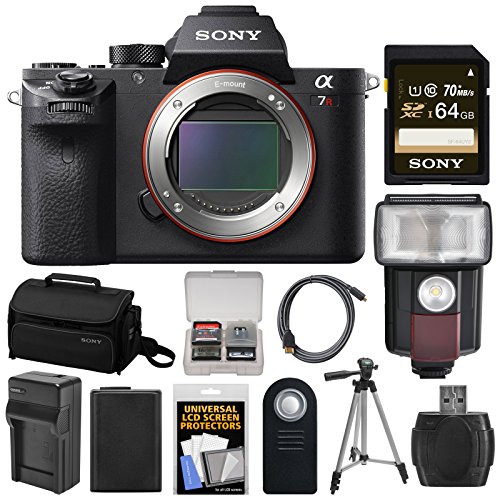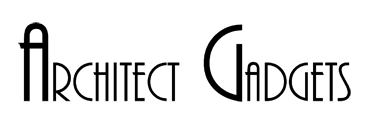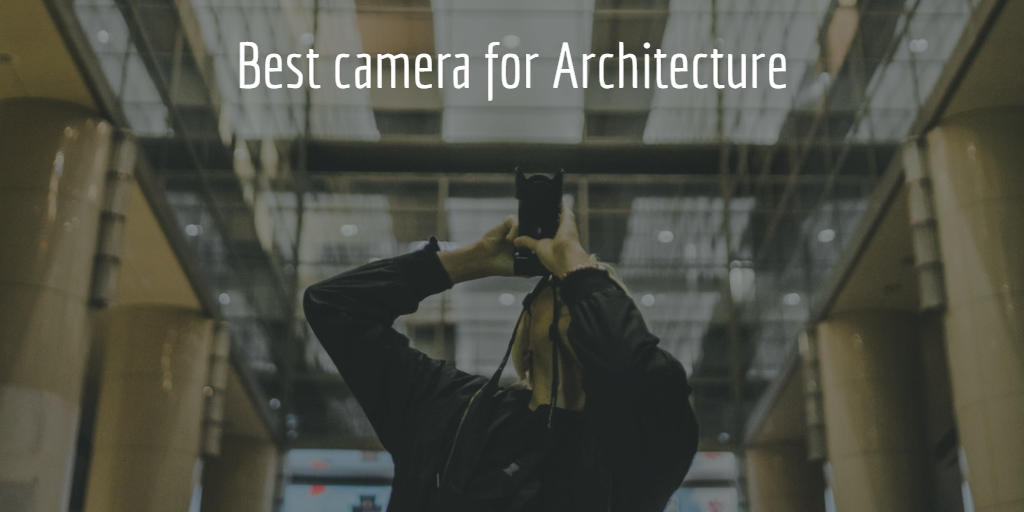Best Camera for Architecture – Our top 5 Cameras for Architects
Welcome to Architect Gadgets and to the Best Camera for Architecture – Our top 5 Cameras for Architects.
It is as if modern technology has been evolving along the edges of photography. With current phones boasting of image resolution of 26MP+ and having lenses of up to 30mm, one might wonder if modern cameras still stand a chance of competing in the industry. But of course, they do. If you are a professional architect or journalist, cameras still stand tall in photography and are unlikely to be replaced any time soon.
But the worry is: with all these advancements, what are some of the best architectural cameras currently available? And what features does one have to consider when buying a professional camera? In this edition, we dug deep into the top rated and the most recommended camera brands that could enable you to get the keenest eye in architectural photography. In shortlisting our top 5 cameras, we considered the following features:
Four key elements to consider in Architectural cameras
- Lens: Lenses are to cameras as great engines are to great automobiles. Lenses are the most critical feature to consider in selecting the quality of architectural cameras. It could be recommendable to opt for cameras that have wide angles that begin with 70mm. However, with the modern camera evolution, it is possible to get lenses with up to 300mm. Also, one might consider buying the modern tilt-shift lenses. This new technique could be great for shooting images with sharp projections like tall buildings.
- Tripod stands: Tripods are not part of cameras; they are just accessories. But when shooting architectural images, the stability of the tripod will be the key to the balance and clarity of images. Thus, one might consider digging through a variety of options just to spot the camera tripod stands that can attain the maximum stability of images.
- Panorama: When shooting images of interior spaces, panorama can show more space with less distance required. This is the sole reason why cameras with great panoramic heads are likely to rank high among architects.
- Polarizing Filters: Normal cameras are often unable to shoot beyond the reflective surfaces like glass walls. Polarizing surfaces will enable you to cut through the reflections and get to the details that matter most.
Top Five Camera Listing for Architecture | ||||
|---|---|---|---|---|
Rank | Name | Key Features | Link | |
1 |  | Canon EOS 5DS R | Buy in Amazon | |
2 |  | Nikon D810 | Buy in Amazon | |
3 |  | Nikon D750 | Buy in Amazon | |
4 |  | Sony Alpha A7 R | Buy in Amazon | |
5 |  | Panasonic Lumix DMC-G7 | Buy in Amazon | |
#Rank 5: The Panasonic Lumix DMC-G7

The good old Lumix DMC-G7 from Panasonic may not be the best camera in the world. But when working on a tight budget and seeking to strike a balance between better image quality and having a lower price; then Lumix could be a good point to begin. This camera’s three lenses can shift the view width to about 42mm which is way above the ordinary cameras. Also, one doesn’t need to worry about deleting images accidentally, thanks to the camera’s “ImageRecall” feature that allows you to restore deleted images.
Pros
- Has better image precision than average cameras.
- It is cheaper: currently, the camera goes for about $600 (confirm the pricing here).
- Has relatively higher storage capacity compatibility.
Cons
- Lacks some of the crucial modern features for ideal photography like the compatibility with tilt lenses.
- Has a weak default tripod.
#Rank 4: Sony Alpha A7 R

Sony has always ranked high sales in selling consumer and professional-type cameras. Of all cameras that have ever been produced by Sony, the Alpha A7 R is undoubtedly the company’s “big boy.” This camera incorporates a sleek design that is incorporated with wide angled lenses that can stretch up to 70mm. The camera is incredibly light weighted, and it ultimately does the photographing job well enough. However, this camera is somehow limited in that it relies much on its lenses more than its default features. Thus, if you might love to go for Sony, it is advisable to invest in a better lens.
Pros
- It has a better image resolution
- A good battery life. This camera’s battery can sometimes stretch whole days, and this could be great when working on field projects.
- It has stable image shots when coupled with its tripod.
Cons
- Limited range of lenses to choose from: though Sony’s Alpha A7 is a great camera, it does not have as much camera lens variety to select from as is with other established brands.
#Rank 3: Nikon D750

Nikon D750 Digital SLR Camera Body with 64GB Card + Battery & Charger + Case + GPS Adapter + Flash + Kit
KIT INCLUDES 12 PRODUCTS -- All BRAND NEW Items with all Manufacturer-supplied Accessories + Full USA Warranties:
[1] Nikon D750 Digital SLR Camera Body + [2] Nikon Digital SLR Camera Case + [3] Transcend 64GB SDXC 300x Card +
[4] Spare EN-EL15 Battery + [5] Battery Charger + [6] Precision Design DSLR300 Flash +
Price: $2,190.00
Now the Nikon D750 is the camera to watch out for. It is sturdy from its looks; complex in its composition, and vast on its applications. Nikon D750 adds a huge variety of lenses to choose from the ocean of Nikon lenses. It checked almost all the checkboxes we listed for an ideal architectural camera. This could be the ideal professional camera if you are seeking to have a camera that goes for prices below $2500. D750 has
A hit on…
- A wide variety of lenses to choose from
- It has a strong casing and is easy to package
- Awesome panorama: ideal for interior architectural uses.
A miss on…
- Poor battery: because of the powerful lenses and the flashlight, this camera often seems to drain its battery too fast.
#Rank 2: Nikon D810

Nikon D810 FX-format Digital SLR
36.3 MP FX-format CMOS sensor without an Optical Low Pass Filter (OLPF)
30% faster EXPEED 4 image processing engine
51-point AF system and 3D Color Matrix metering III with a 91,000-pixel RGB sensor
Price: $2,499.00
The D810 is an improvement of D750. Nikon really wants make this camera number one on the market, they have even ordered a marketing campaign on twitter to be conducted by http://pistachioconsulting.com/ in order to put this camera in the spotlight. It has all the features of its predecessor (the D750). However, it stands out because of its powerful RGB sensor quality and fast image processing capability. This camera can be extended by lenses to shoot on a wide angle of up to 300mm and have an image resolution of over 50PX. The D810 is an ideal accompaniment for any architectural job. D810 has
A hit on…
- High color sensitivity (91000px RGB sensors)
- Highly extensible lenses (up to 300mm)
- Has better compression features for low-resolution images
A miss on…
- Uses a lot of storage space for storing images and videos
- It is fairly expensive compared to other cameras.
#Rank 1: Canon EOS 5DS R

Canon EOS 5DS Digital SLR (Body Only)
LPF (Low-pass filter) effect cancellation takes full advantage of the original resolving power of the 50.6 effective megapixels CMOS sensor, delivering even higher resolution images.
Newly designed 50.6 Megapixel full-frame CMOS helps deliver ultra-high resolution images
Weather-resistant standard lens
Price: $1,275.00
Canon EOS 5DS is the ultimate architecture camera of all times. This camera has checked all the features we considered in ranking the ideal cameras. Does it have great lenses? Check that. Can it do filtering of polarizing rays? Check that. How about the panorama? Check that too. Whether you are getting this camera as a beginner or as a professional, the EOS 5DS R is likely to loom out large in both performance and ease of use. Canon EOS 5DS R has
A hit on…
- High variety of lenses to choose from
- Excellent lens capability that boasts of up to w/800mm for telephotographing.
- Awesome polarizing filters
- Highly customizable
- Better image resolution and clarity
A miss on…
- Highly priced. Currently, the camera along with a few accessories goes for about $3700 (Check price here)
Conclusion
Architectural photographing happens to be both an art and a skill, from which you can learn more in the interview we did with professional architecture photographer Robert Deitchler. In a sense, one needs to have some natural creativity (talent) that is backed up with acquired knowledge of appropriate equipment and techniques in photographing. Thus, when choosing the ideal camera for use as a professional architecture, it is essential that you purchase a camera with an ability to isolate the critical details of an image. As such, high image resolution, image capture precision and enhanced software capabilities would rank high among the features one considers when shopping for the best architectural cameras.
In this edition, we have tried much to highlight some of the best offers in the current market. But then, we understand that sometimes our “best” might not necessarily be your “best” owing to different user preferences. Thus, we appreciate if you shared with us some of you preferred Camera options in the comments section.




























